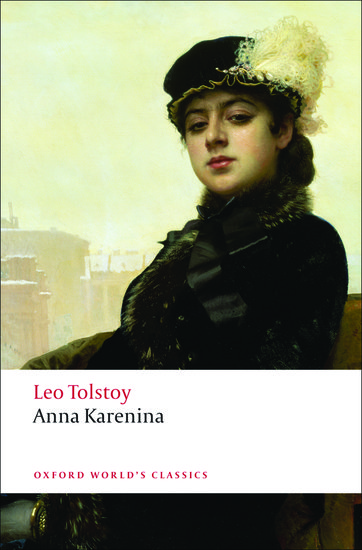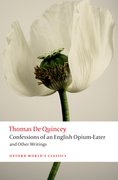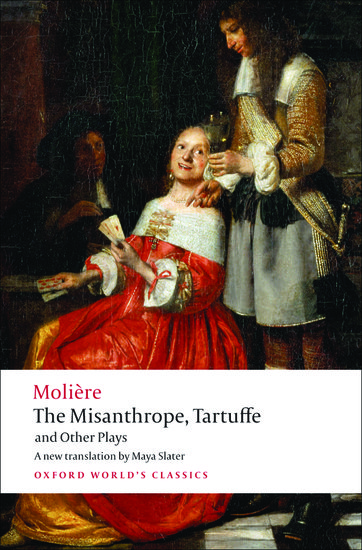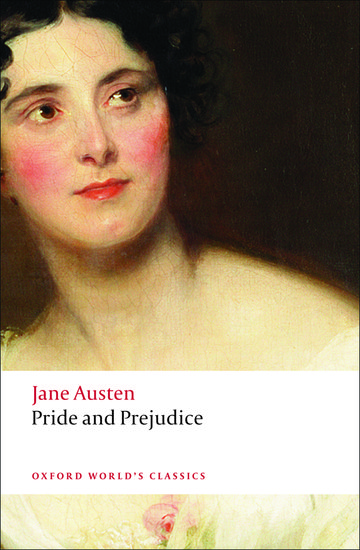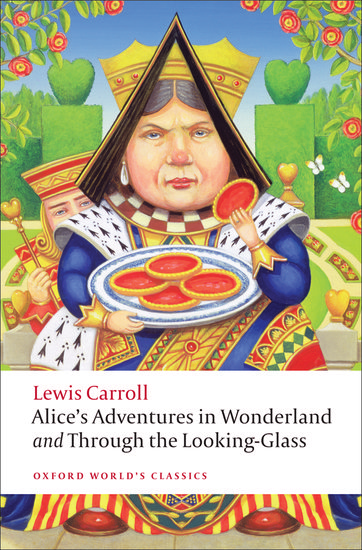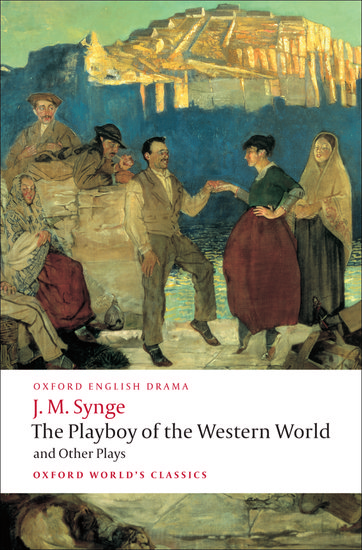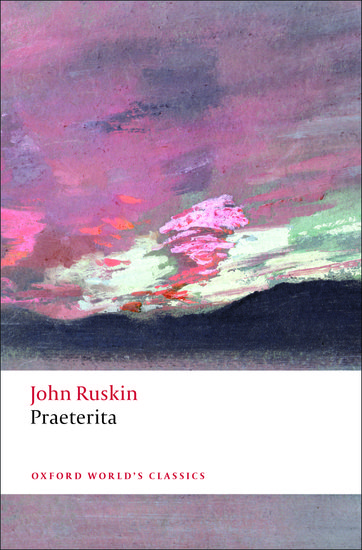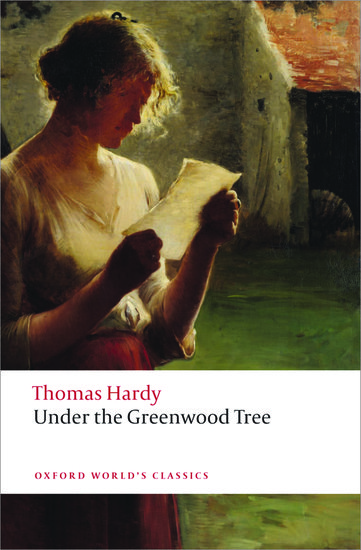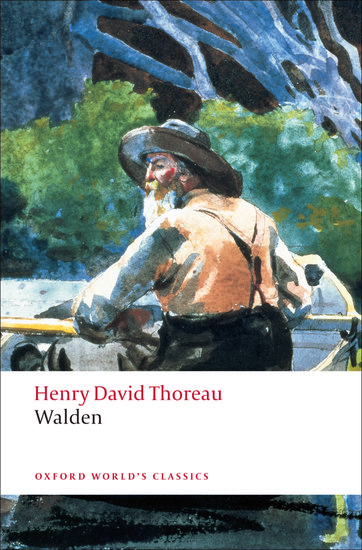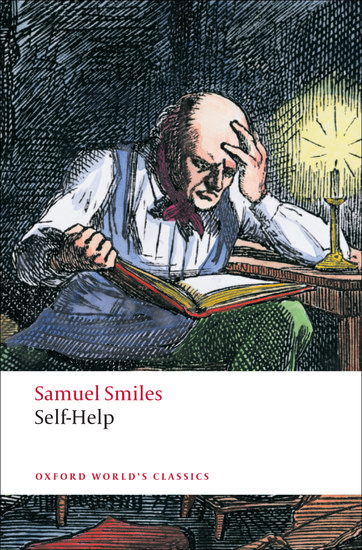Ford Madox Ford and unfilmable Modernism
One definition of a classic book is a work which inspires repeated metamorphoses. Romeo and Juliet, Gulliver’s Travels, Frankenstein, Dracula, The Great Gatsby don’t just wait in their original forms to be watched or read, but continually migrate from one medium to another: painting, opera, melodrama, dramatization, film, comic-strip. New technologies inspire further reincarnations


